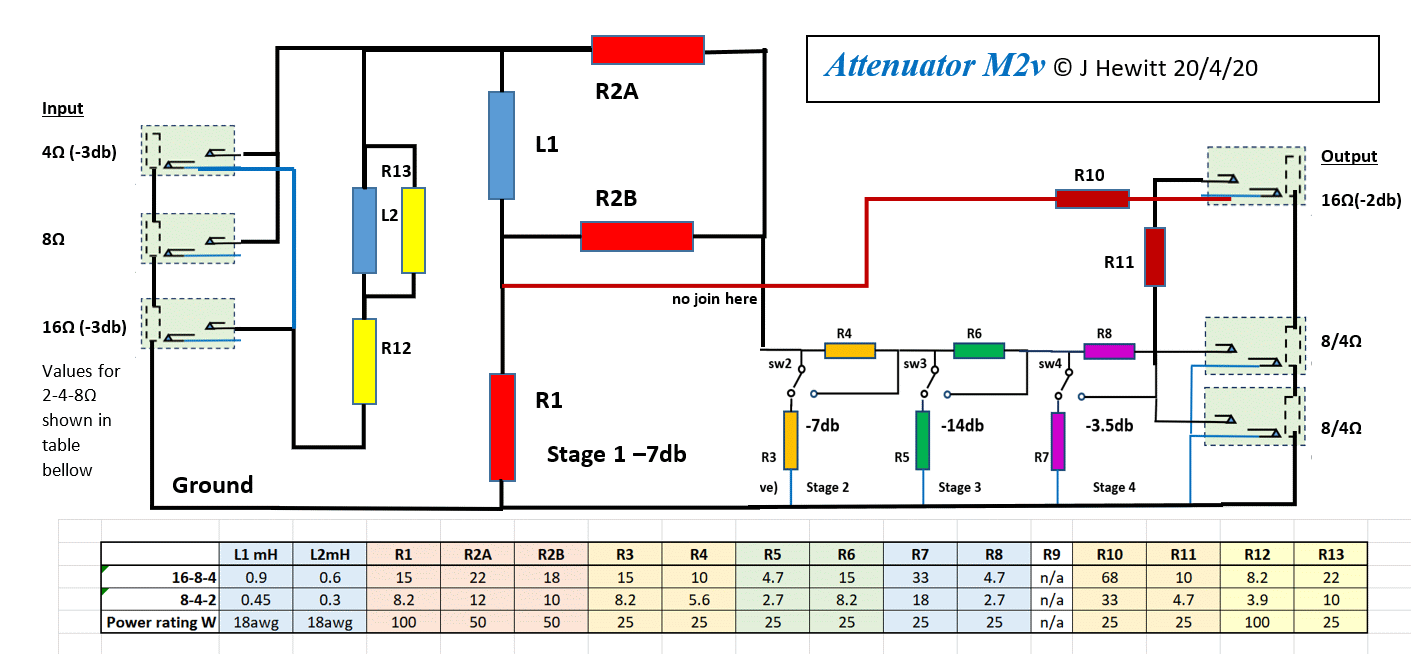JohnH
Well-Known Member
hi @aceofbones and thanks for your interest.
Attenuators that have fx loops are generally the ones that work by reamping the signal, so that there can be a nice controlled line-level, low power signal to send out and receive back, before the amp stage. The signals in a passive attenuator like ours are not good for that, too much power flowing for units in such a loop. But as noted, you can have a line out and then feed that into an external amp system.
Attenuators that have fx loops are generally the ones that work by reamping the signal, so that there can be a nice controlled line-level, low power signal to send out and receive back, before the amp stage. The signals in a passive attenuator like ours are not good for that, too much power flowing for units in such a loop. But as noted, you can have a line out and then feed that into an external amp system.






